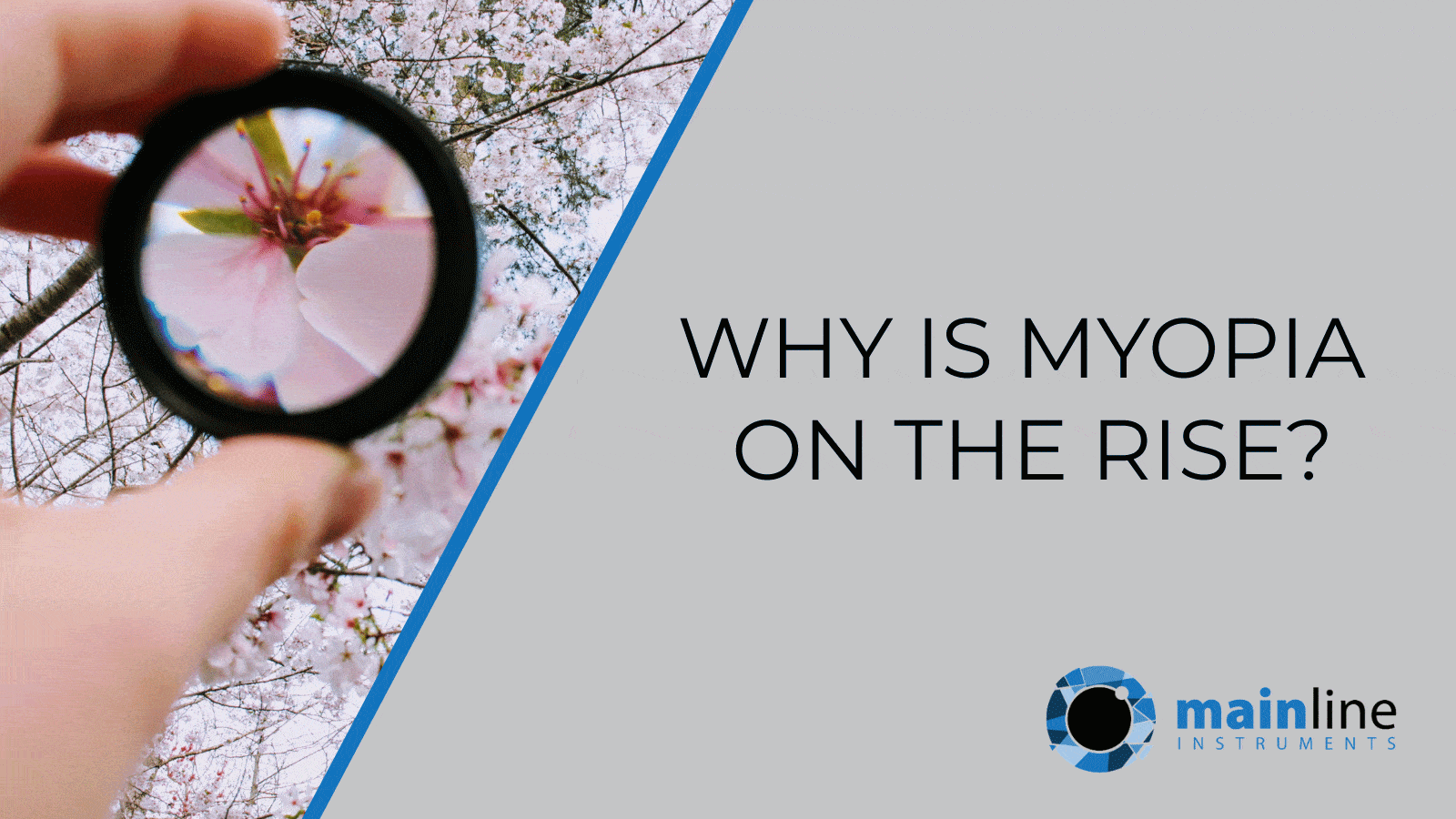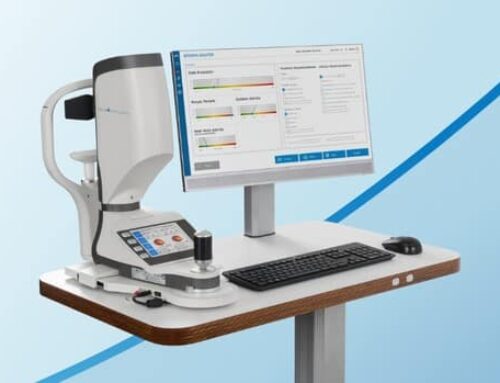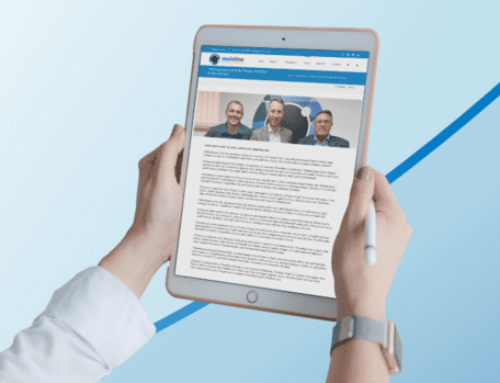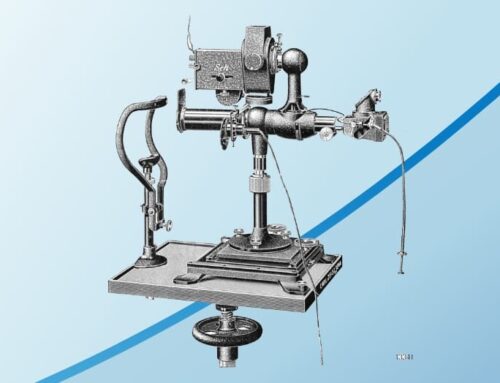Myopia (or short-sightedness), is a very common eye condition that causes distant objects to appear blurred, while close objects can be seen clearly. It’s thought to affect up to 1 in 3 people in the UK and is becoming more common . But what is causing this increase in myopic refractive errors?
Refractive errors can be inherited from parents, or be down to external environmental factors. There is a 1 in 3 chance of developing myopia if both parents are short-sighted. If only one parent is short-sighted, there is a 1 in 5 chance. If neither parent is myopic, the chance of developing it is 1 in 40 .
An external environmental factor that could be to blame for this generations eyesight being worse than the last is excessive screen use, which reduces the amount of blinks, which can contribute to the change in eye shape that triggers myopia.
Taking a 2 minute break for every half hour of screen use could help prevent the onset of myopia. They estimate that the close proximity to the eyes that smartphones are typically used at could increase your risk of developing myopia by up to 8 times. However, no one is entirely sure, and more research is needed before ophthalmologists can be sure of an answer.
Myopia can be diagnosed quickly in a routine exam, which should happen at least every 2 years. In the eye exam the optometrist will measure refraction of the eye, and can see if you have myopia, presbyopia or hyperopia (long-sightedness). The refraction error can then be corrected with glasses, contact lenses or laser surgery.
Read more about how often you should get your eyes tested here.
Reference
https://www.nhs.uk/conditions/short-sightedness/
https://www.optimax.co.uk/blog/short-sight-myopia-global-epidemic/







